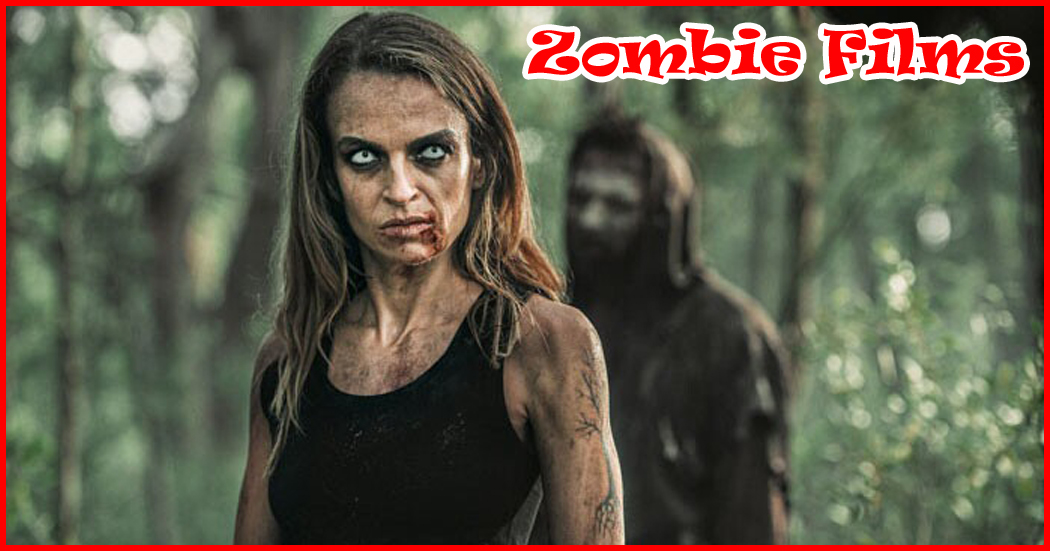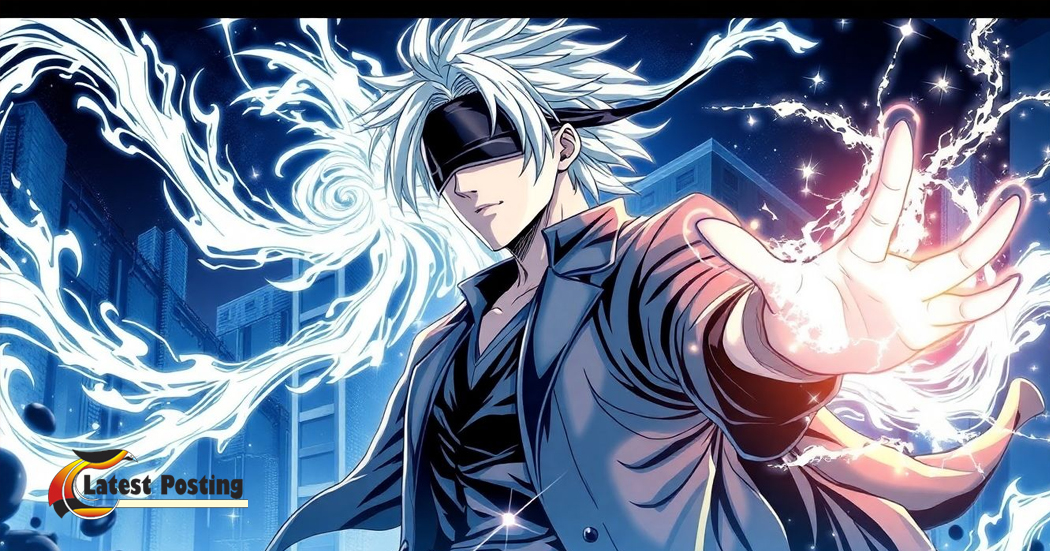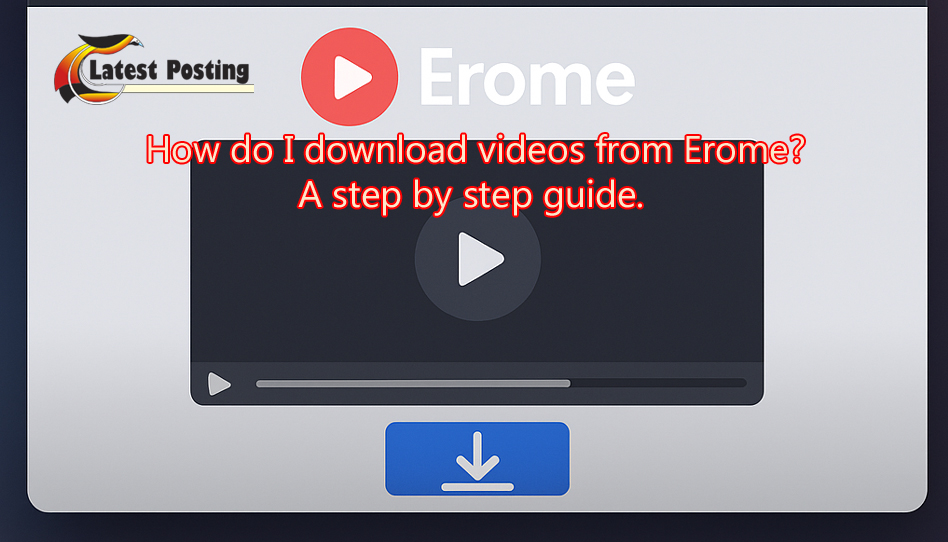Introduction:
The 1980s were a decade marked by iconic cultural shifts, and within the realm of horror cinema, the undead took center stage. This article delves into the mesmerizing world of 80s Zombie Films examining the distinctive characteristics, cultural influences, and lasting impact of these chilling yet beloved movies.
The Rise of the Undead: 80s Zombie Film Resurgence
The 80s witnessed a revival of interest in zombie lore, and filmmakers embraced the undead with open arms. This resurgence was fueled by the success of George A. Romero’s groundbreaking “Dawn of the Dead” (1978), which set the stage for a wave of zombie-themed films throughout the 80s. The undead were no longer confined to the shadows but emerged as compelling and terrifying protagonists.
Practical Effects and Gore Galore
One hallmark of 80s zombie films was the emphasis on practical effects, bringing the undead to life in a visceral and gruesome manner. Special effects teams pushed the boundaries of creativity, using latex, prosthetics, and practical makeup to craft horrifyingly realistic zombies. The result was a visual feast for horror enthusiasts, as the screen became a canvas for innovative and stomach-turning gore.
Social Commentary in a Post-Apocalyptic World
Behind the blood and guts, 80s zombie films often served as a vehicle for social commentary. Filmmakers used the apocalyptic settings to explore themes of consumerism, societal decay, and the fragility of civilization. Movies like “Day of the Dead” (1985) delved into the psychological toll of survival, reflecting the anxieties of the Cold War era.
Iconic Directors and Memorable Entries
The 80s boasted a roster of visionary directors who left an indelible mark on the zombie genre. Alongside Romero, directors like Dan O’Bannon (“The Return of the Living Dead,” 1985) and Lucio Fulci (“Zombi 2,” 1979) contributed to the legacy of 80s zombie films. Each filmmaker brought a unique perspective, contributing to a diverse tapestry of undead narratives.
Synth Scores and Atmosphere
The atmospheric impact of 80s zombie films extended beyond the visual realm. Synth scores, characterized by pulsating electronic beats and haunting melodies, became synonymous with the genre. Composers like John Carpenter and Goblin created soundscapes that intensified the suspense, elevating the overall viewing experience and solidifying the connection between 80s horror and iconic music.
Subgenres and Evolution of Zombie Mythos
While Romero’s films laid the groundwork, the 80s saw the evolution of zombie mythology. “Return of the Living Dead” introduced the concept of zombies with an insatiable hunger for brains, a trope that has since become ingrained in popular culture. This era also witnessed the fusion of zombie horror with comedy, as seen in films like “Shaun of the Dead” (2004), setting the stage for future genre-bending entries.
Cult Followings and Enduring Legacy
The appeal of 80s zombie films goes beyond their initial theatrical releases; many have attained cult status and maintain a dedicated fan base. These films, with their blend of horror, social commentary, and practical effects, continue to captivate audiences through screenings at festivals, home entertainment, and digital platforms. The enduring legacy of 80s zombie films is a testament to their impact on horror cinema.
Archetypal Zombies: Shaping the Undead Aesthetic
The zombies of 80s films laid the groundwork for the archetypal undead aesthetic we recognize today. Characterized by decaying flesh, vacant eyes, and a relentless hunger for human flesh, these zombies became the visual standard for the genre. The iconic look of the undead from classics like “Day of the Dead” and “The Return of the Living Dead” has influenced subsequent generations of zombie-centric media.
Nostalgia and Retro Appeal
For many horror enthusiasts, 80s zombie films evoke a sense of nostalgia. The practical effects, grainy cinematography, and synth-heavy soundtracks transport viewers back to an era when horror relied on craftsmanship rather than CGI. The retro appeal of these films has cultivated a dedicated fan base that appreciates the authenticity and charm of 80s horror aesthetics.
Homage in Contemporary Cinema
The influence of 80s zombie films is not confined to the past; contemporary filmmakers often pay homage to these classics. Subtle nods, references, and direct tributes can be found in modern zombie movies, creating a sense of continuity that bridges the generational gap. The enduring legacy of 80s zombie films is not just a relic of the past but a living part of the cinematic present.
DIY Spirit and Creativity
The 80s were marked by a DIY (Do It Yourself) spirit that permeated the horror genre, and zombie films were no exception. Filmmakers embraced creativity within budget constraints, leading to ingenious solutions for practical effects and set designs. This resourceful approach not only contributed to the charm of 80s zombie films but also inspired a generation of independent filmmakers to push the boundaries of horror on a limited budget.
Subversive Storytelling and Social Commentary
Beyond the blood and gore, 80s zombie films often carried subversive storytelling and social commentary. “The Return of the Living Dead,” for instance, injected humor into the horror, challenging conventional zombie tropes. These narrative twists and social critiques added depth to the genre, resonating with audiences and establishing a precedent for blending horror with social relevance.
Iconic Characters and Memorable Quotes
The characters and memorable quotes from 80s zombie films have become embedded in popular culture. Whether it’s Bub from “Day of the Dead” or the infamous “Send more paramedics” line from “The Return of the Living Dead,” these films birthed iconic moments that have transcended their original context, becoming cultural touchstones for horror aficionados.
Enduring Impact on Popular Culture
The impact of 80s zombie films extends far beyond the confines of the horror genre. Zombie-themed video games, television series, and merchandise owe a debt to the cultural phenomenon sparked by the undead resurgence of the 1980s. The enduring presence of zombies in popular culture attests to the lasting imprint of these films on the collective imagination.
Conclusion:
The undying allure of 80s zombie films lies in their ability to capture the essence of a bygone era while simultaneously resonating with modern audiences. From their iconic aesthetic to the enduring influence on storytelling and pop culture, these films continue to shape the landscape of horror. As fans both old and new embrace the zombie zeitgeist, the legacy of 80s zombie films remains an indelible part of cinematic history, proving that the undead, much like the films that brought them to life, are truly timeless.





One thought on “Reviving the Undead: Exploring the Golden Era of 80s Zombie Films”